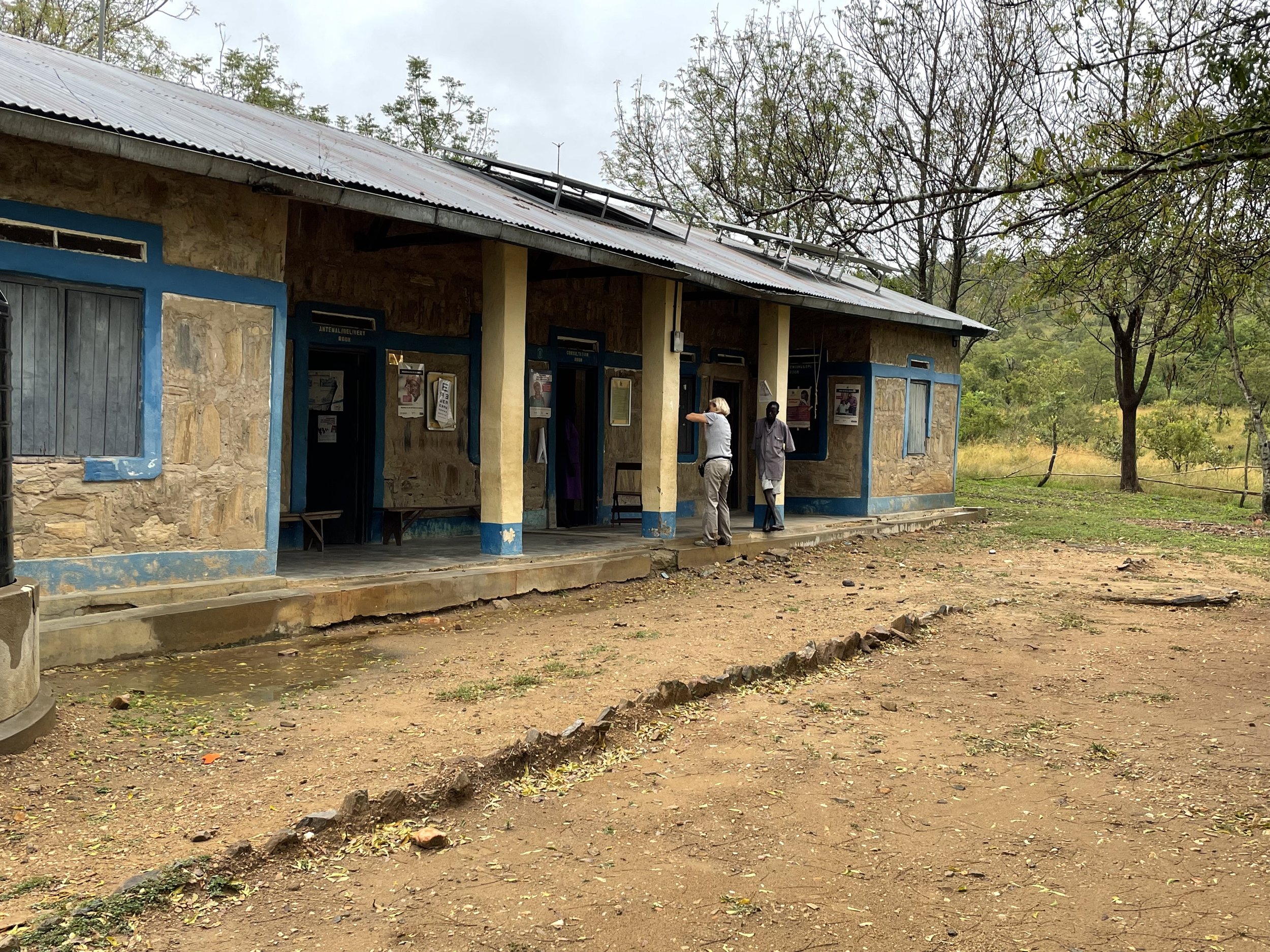Vitae
Education
Corcoran College of Art and Design, Washington, DC
Fine Art PhotographyInstituto Marangoni, Milan, Italy
Fashion Diploma
Workshops
2006/2017: Masterclass with Ron Haviv, Gary Knight, Anders Peterson, Larry Fink, Andrea Modica, Christopher Morris, Daniel Schwartz, Antonin Kratochvil
Solo Exhibitions
'Meri’Ba'
Makerere Art Gallery, Kampala, Uganda – 11/2022 - 12/2022
GIZ Arua, Uganda – 11/2022 - 12/2022Biennale Venice
Palazzo Mora – 5/2019 - 11/2019
Palazzo Mora – 5/2017 - 11/2017'The Backpackers'
Galleria de Arte Paul Baldwell, Medellín, Colombia – 9/2017 - 10/2017
Duke University, Rubinstein Library – 8/2017 - 10/2017'Market of the Heroes'
Installation at the Main Square, Sarajevo – 6/2017
Solo Exhibitions
'Mer’Ba'
Makerere Art Gallery, Kampala, Uganda – 11/2022 - 12/2022
GIZ Arua, Uganda – 11/2022 - 12/2022Biennale Venice
Palazzo Mora – 5/2019 - 11/2019
Palazzo Mora – 5/2017 - 11/2017'The Backpackers'
Galleria de Arte Paul Baldwell, Medellín, Colombia – 9/2017 - 10/2017
Duke University, Rubinstein Library – 8/2017 - 10/2017'Market of the Heroes'
Installation at the Main Square, Sarajevo – 6/2017'Al Margen'
Duke University Special Collection Gallery, Friedle Gallery, Latin America and the Caribbean, Durham, NC – 1/17 - 5/1/2011
OAS Organization of the American States and IACHR Inter-American Center of Human Rights, Washington DC – 11/2010 - 01/2011Shaken
Haitian Heritage Museum, Miami – 05/2010 - 06/2010El Salvador
WOLA Washington Office of Latin America, Washington DC – 4/2008 - 6/2008
Group Exhibitions
Living Elsewhere
Dali International Photography Exhibition, China – 8/2023 - 9/2023IPA 2020 'Best of the Show'
Budapest, Hungary – 1/2021Mythos
Target Gallery, Torpedo Factory, Alexandria – 9/2020 - 10/2020Climate Change Exhibition
Arts and Culture Center, Bangkok – 6/2018 - 7/2018Ragusa Foto Festival
Sicily, Italy – 6/2017 - 7/2017MOPLA Photo Book Exhibition
Los Angeles – 2017C40 Mayors Summit
Chapultepec Park, Mexico City – 11/2016 - 1/2017Houston Center for Photography, 34th Annual Juried Membership Exhibition
2016Climate Change Summit COP21
Paris – 2015The New American Garden
National Building Museum, Washington – 10/2015 - 01/2016FotoViajeros
Corcoran Gallery of Art, Washington DC – 1/16/2008 - 2/10/2008
Awards
IPA 2020, Book "Anderswo" / Elsewhere
IPA 2020, 2015, 2008
2017 Project Launch Grant, CENTER Santa Fe
2016 Beth Block Honoraria, Houston Center for Photography
PX3 Prix de la Photography de Paris, 2015, 2013, 2011, 2007
PX3 Prix de la Photography de Paris 2015 – 2011, Honorable Mentions
Publications
Anderswo / Elsewhere, published by Schilt Publishing, 2021, Berlin
The Backpackers, Edition of 300, Self-Published, 2017, Washington D.C.
Mesoamerica, Edition of 1500, Self-Published, 2007, Washington D.C.
Archive
David M. Rubenstein
'Rare Book, Manuscript, and Special Collections Library'
Archive of Documentary Arts at Duke University
T
Creative Chronology
Born in 1964 in Nuremberg, Germany, I was shaped by the city's rich history and the contrasting experiences of beauty and war. My childhood commute past historic sites, along with the legacy of figures like Albrecht Dürer, fostered my artistic sensibilities.
My parents, a tailor and a textile engineer, owned a fashion brand. Growing up in their workshop, I developed a love for textiles and a desire to be a fashion designer. From 15 to 27, I worked in their company, gaining experience in production, sales, and international sourcing.
In 1983, I moved to Munich for a seamstress apprenticeship, followed by an internship at a silk factory in Lyon, France. Encouraged by my parents, I studied design at Istituto di Marangoni in Milan (1985-1987), drawn to its connection to renowned designers. Milan's vibrant creative scene fostered my appreciation for minimal design.
My fashion career was disrupted in 1987 by my parents' company's financial crisis. I worked as an assistant designer in Hamburg but was laid off, then studied pattern making.
In 1988, I became chief designer for a New York company with factories in India and Hong Kong, gaining invaluable international experience. After a year, I returned to Germany and worked as a designer in Munich, but family circumstances led me back to Nuremberg in 1992 to help my parents' business.
I took over the company, married in 1993, and had three children. Balancing work and family became overwhelming, and I stopped working outside the home in 2001.
Inspired by photography, I began exploring the medium, receiving my first serious camera in 2003. In 2004, we moved to Washington, D.C., and I enrolled in the Corcoran College of Art and Design, studying fine art photography.
At the Corcoran, professors like Joe Cameron, Muriel Hasburn, and Andy Grundberg supported my development. Muriel Hasburn's class 'Identity and Place' was particularly influential. I developed a style favoring natural light, intimate moments, and black and white photography. Workshops with Andrea Modica refined my craft.
In 2006, I embarked on a transformative solo trip through Central America, strengthening my passion for photography. Upon returning, I won the Golden Light Award. In 2007, I attended a workshop in Cambodia with VII Agency, the start of many workshops with them.
Following the Corcoran, I continued extensive travel and photography in Latin America (2008-2010), documenting life in Colombia, Bolivia, and Brazil. In 2008, my work was featured in "Fotoviajeros," leading to a solo exhibition at WOLA and inclusion in the Human Rights Archive at Duke University.
In 2009, I began documenting Haiti, returning after the 2010 earthquake. This work was exhibited at the OAS, Duke University, and the Haitian Heritage Museum. I also attended workshops in Chernobyl. In 2010, I documented the aftermath of the Chile earthquake.
Following my divorce in 2013, I documented the US-Mexico border ("The Backpackers"), focusing on deported migrants. This project was exhibited internationally and received awards.
Throughout my career, I attended workshops with Ron Haviv and Anders Petersen, who encouraged me to continue my work. During 2008-2015, I balanced photography with caring for my father, who battled cancer.
In 2014/2015, I transitioned to digital photography and printing. The move to Virginia forced me to give up my darkroom.
My journey has been chaotic but fulfilling. I'm grateful for the support I've received and recognize the importance of documenting stories through photography and incorporating written reflections.
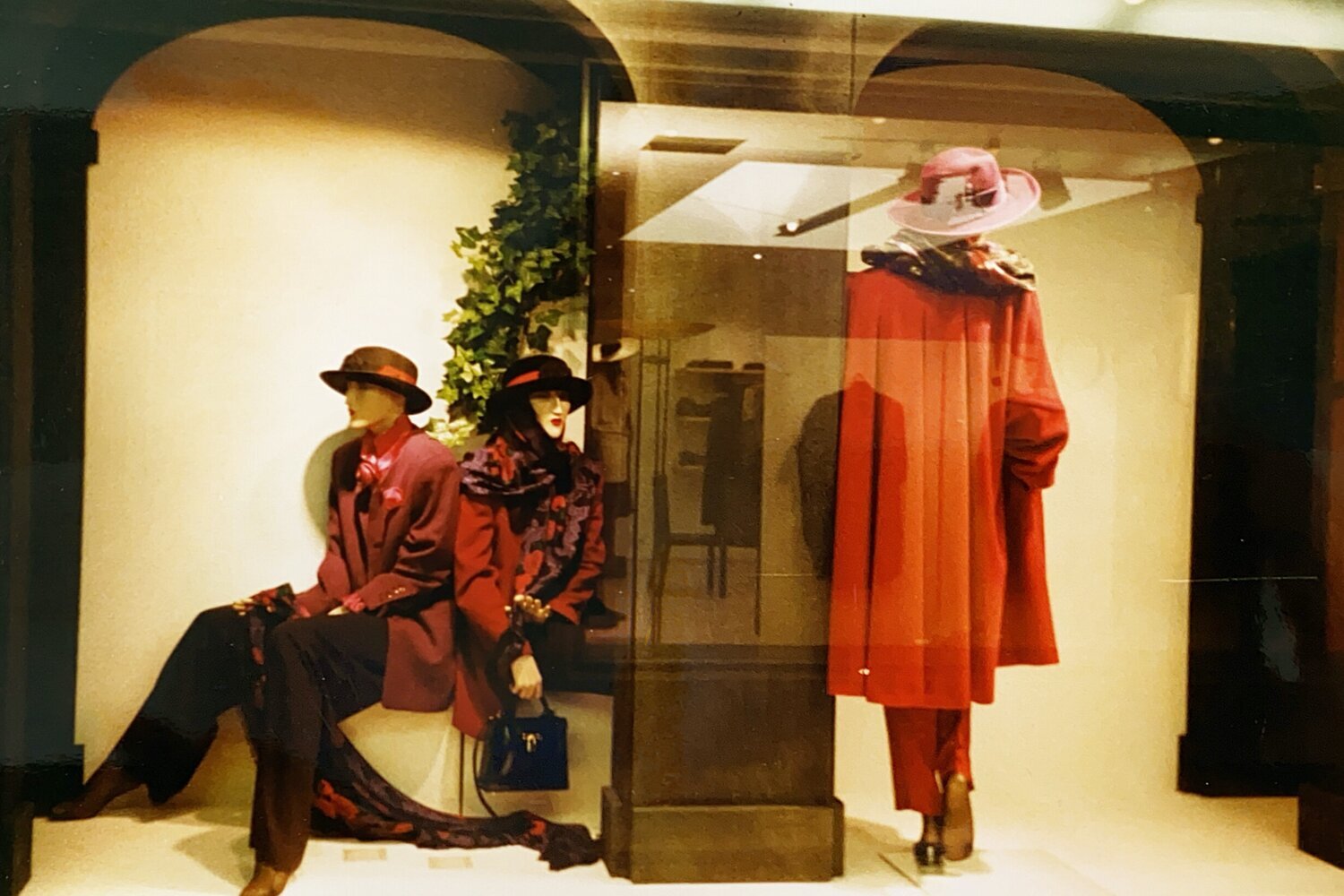
Show window, Milan, Italy 1986

My mom and I in a newspaper article in 1994
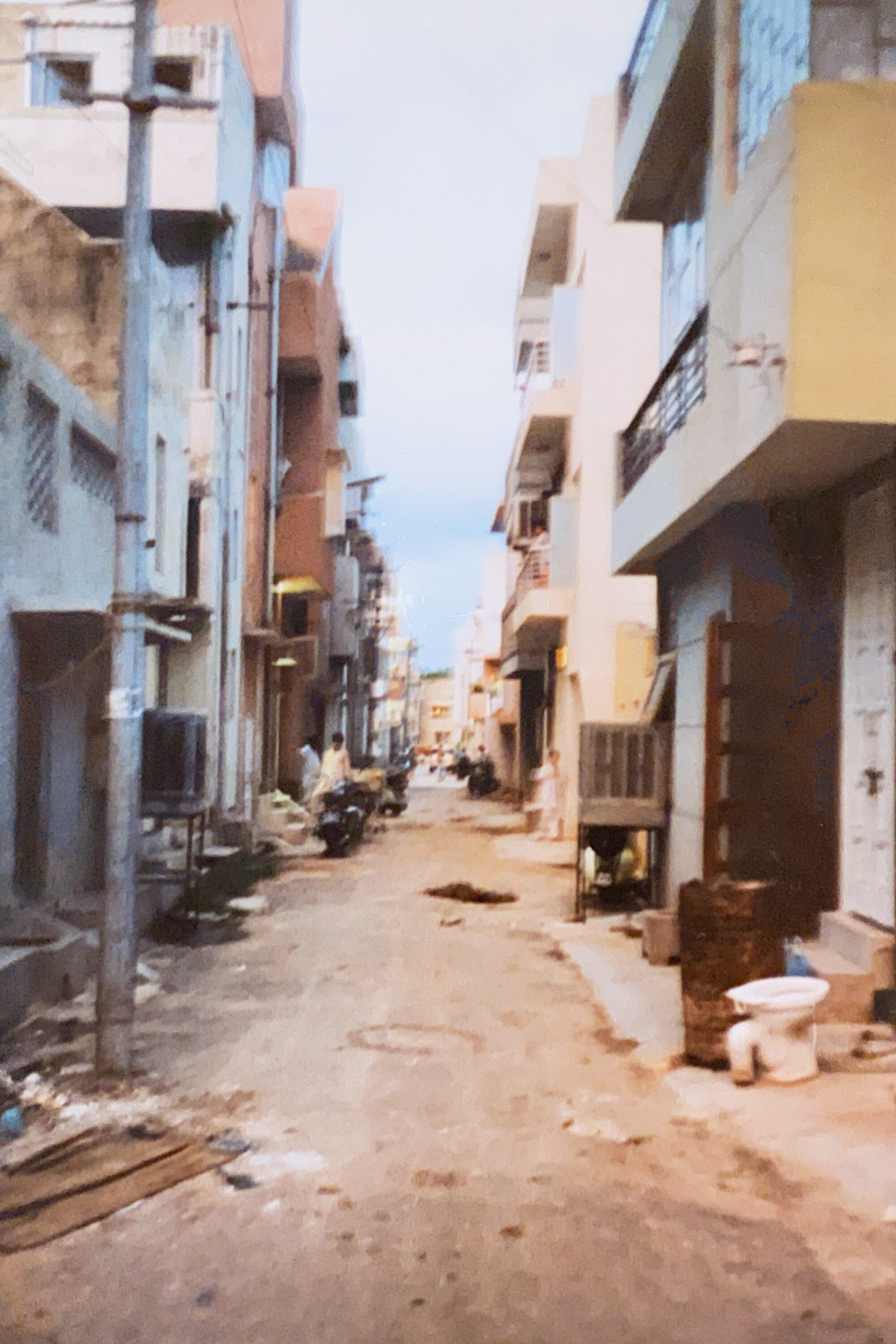
New Dehli, India 1988
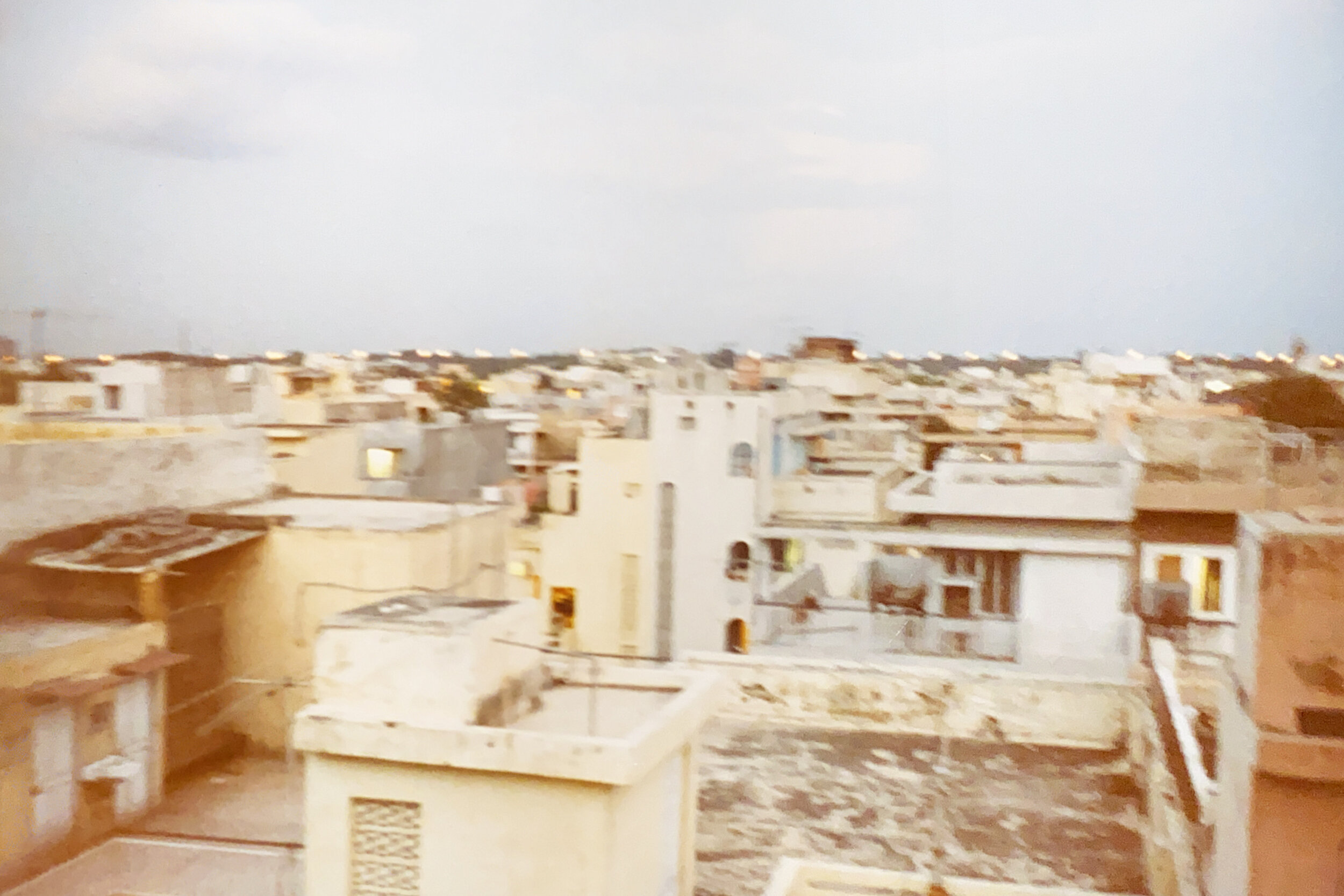
New Dehli, India 1988
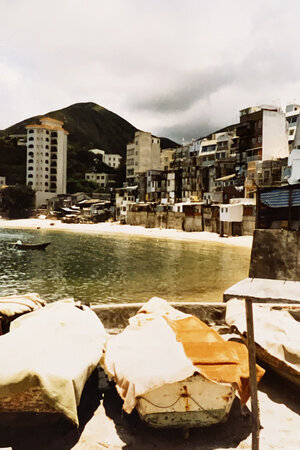
Hongkong in summer 1988
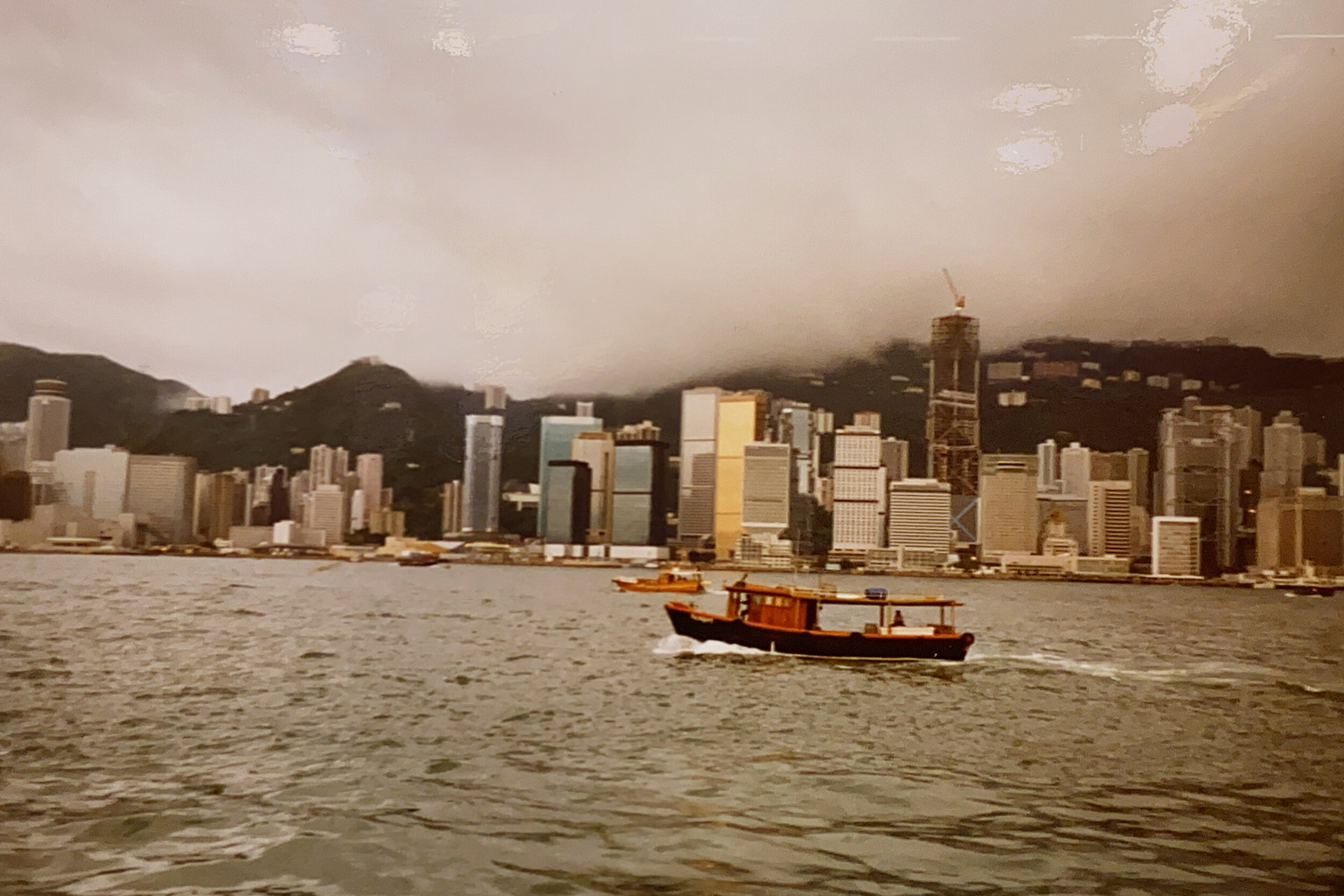
Hongkong in summer 1988
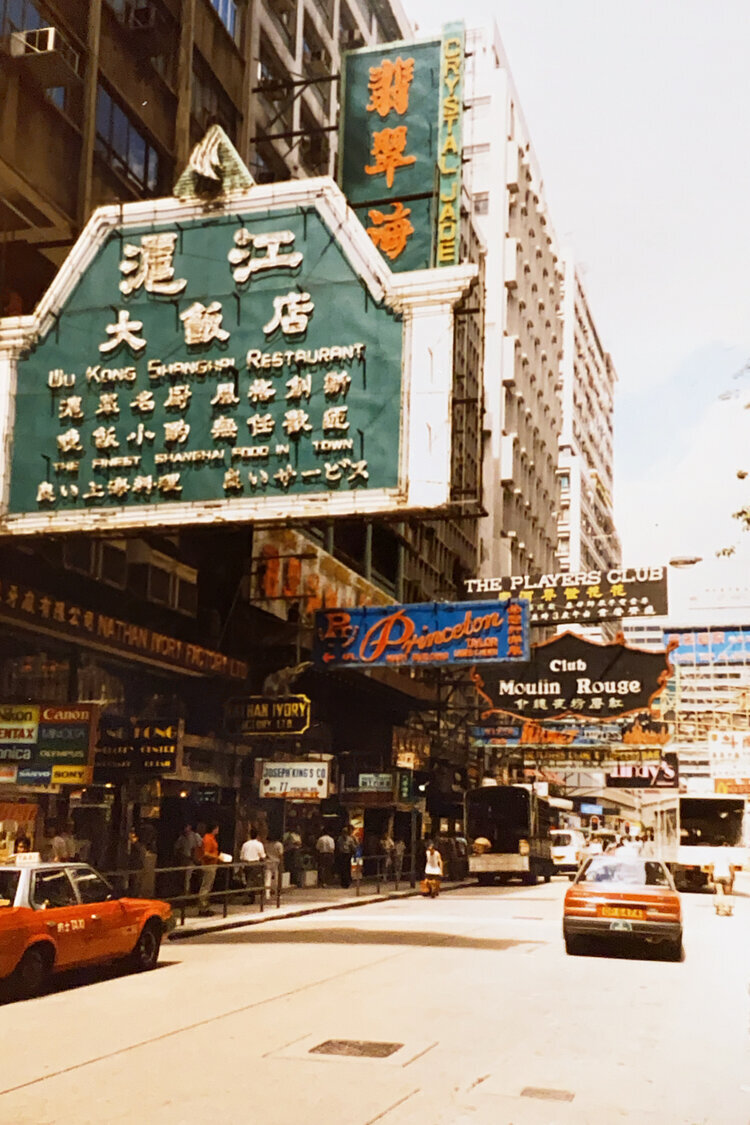
Hongkong in summer 1988
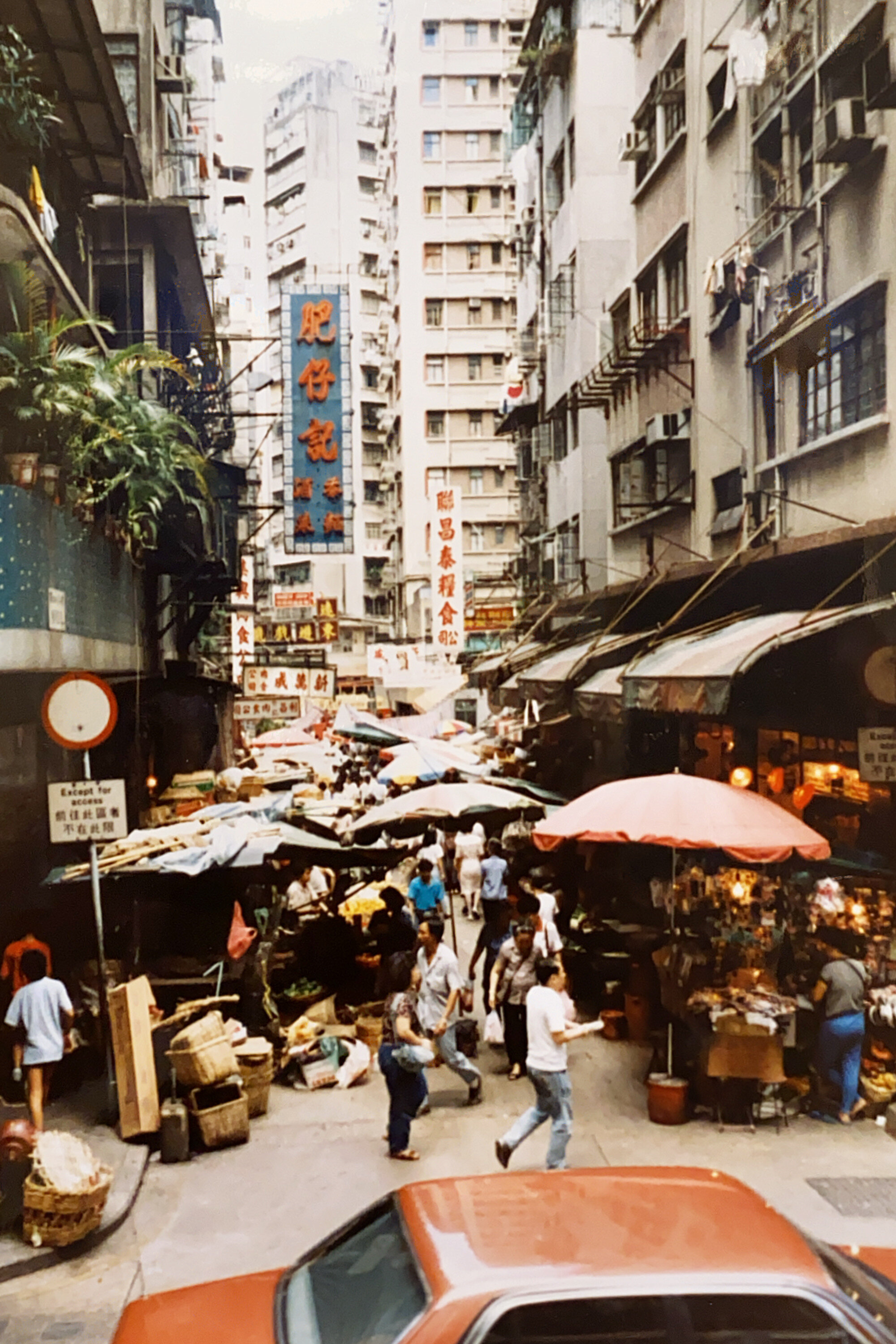
Hongkong in summer 1988
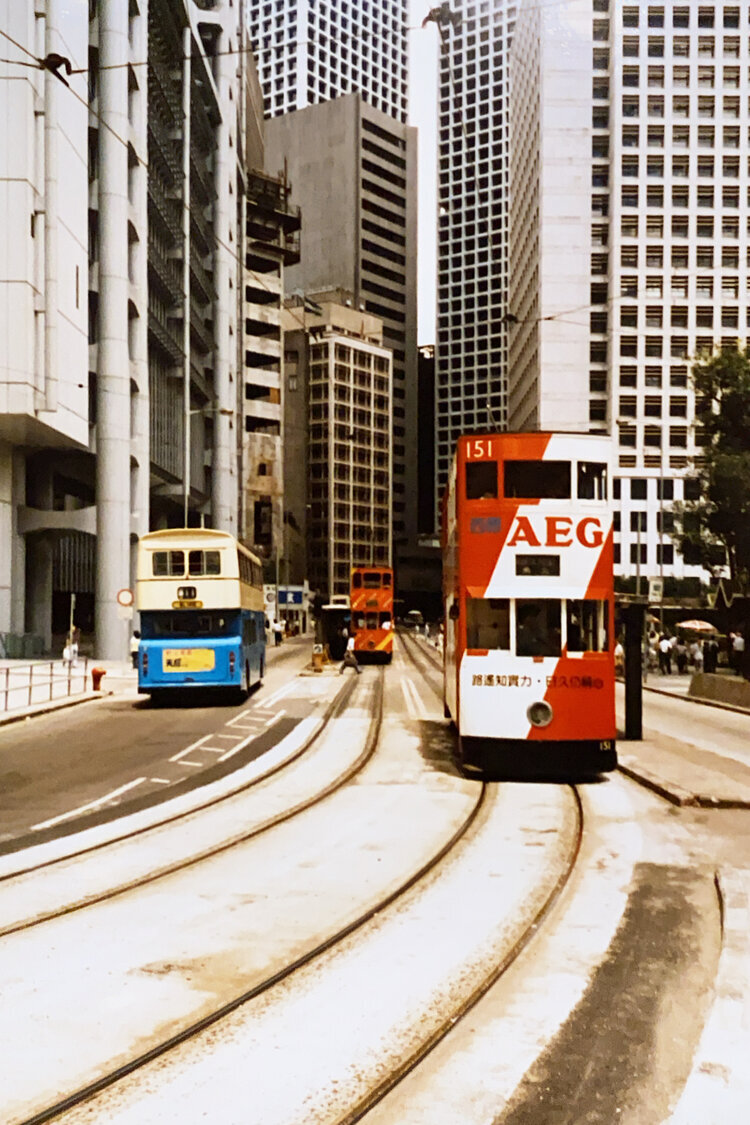
Hongkong in summer 1988
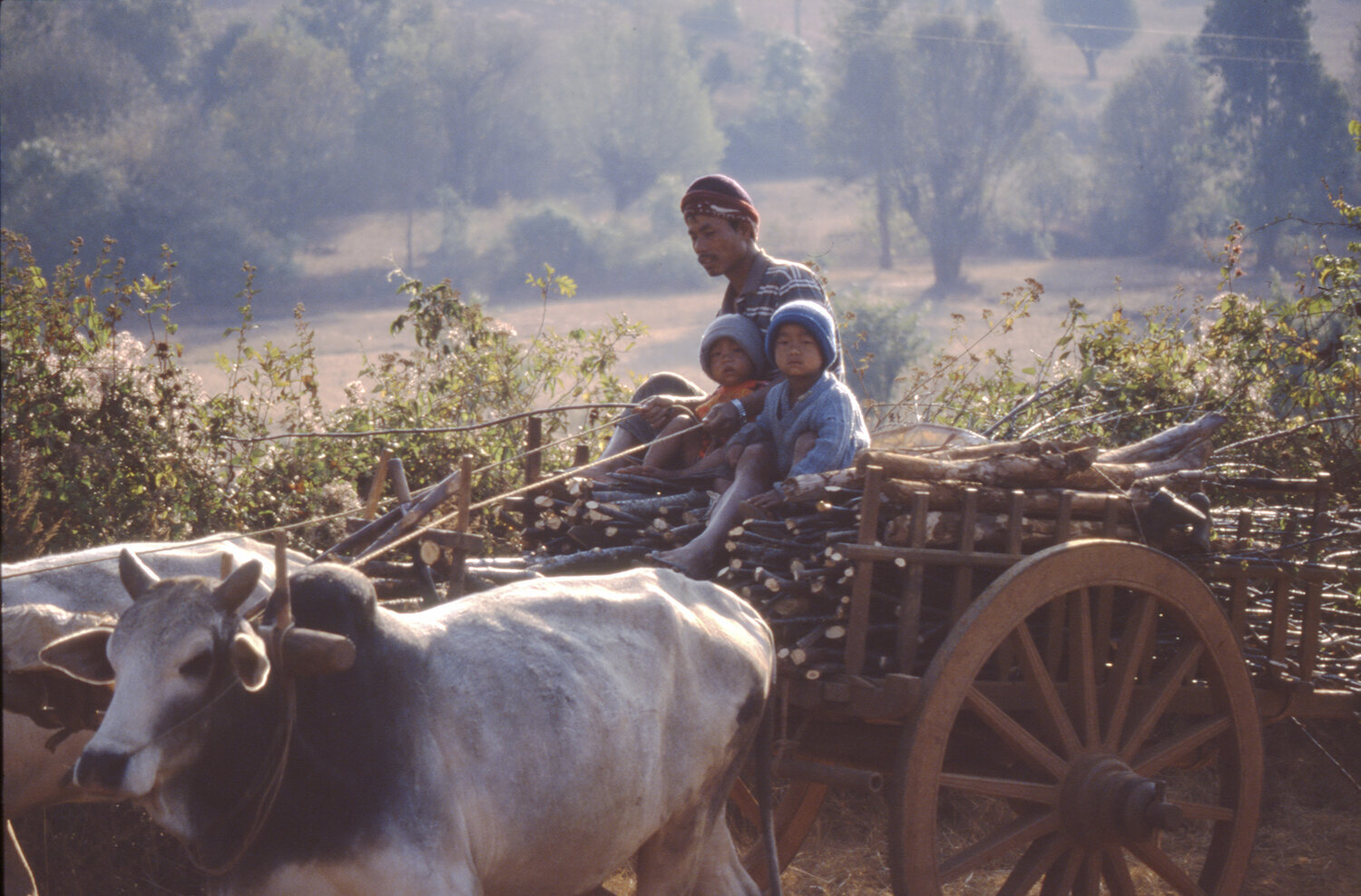
Pagan, Myanmar 2004


Emily, Vermont, USA 2006

Women and Child at Election Day in Managua, Nicaragua 2006
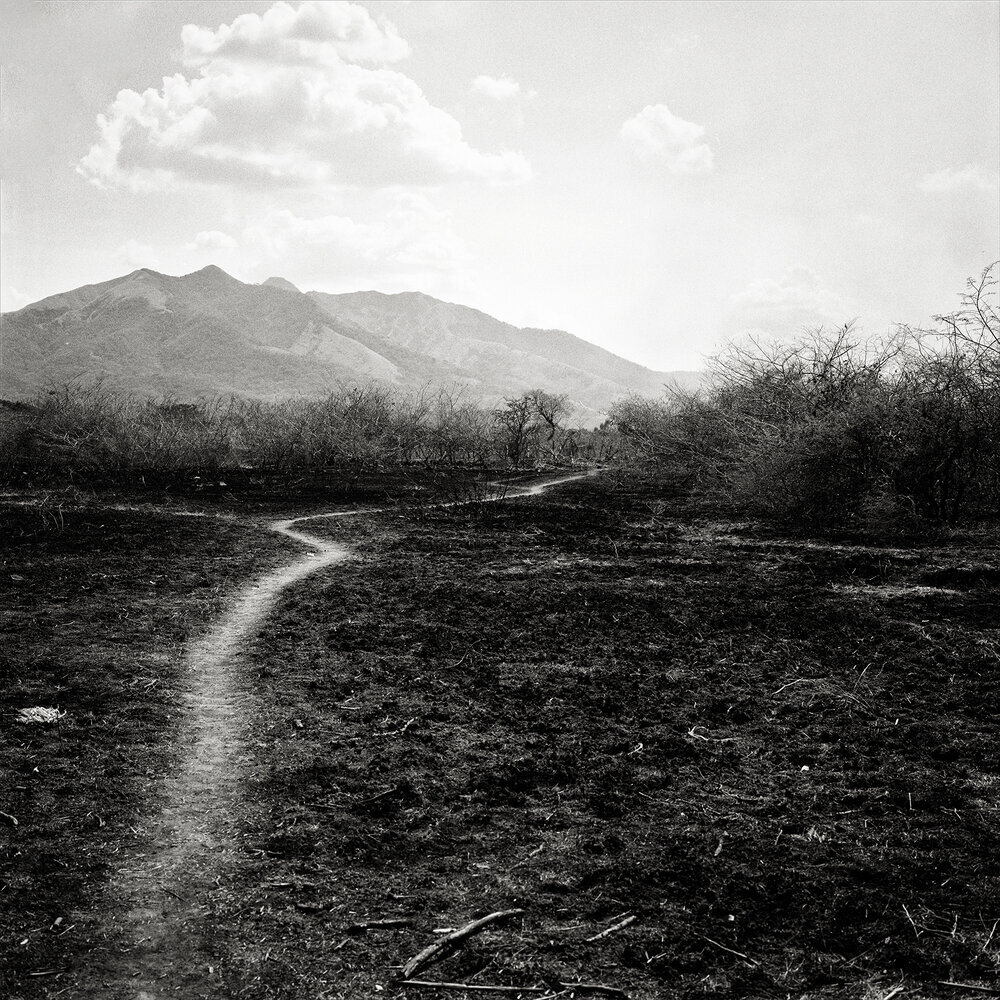
El Salvador, 2007

Monks in a monastery in Angkor Wat, Cambodia 2007

Exclusion Zone, Chernobyl, Ukraine 2009

Chesapeake Bay, Maryland, USA 2007

Martissant, Haiti 2010
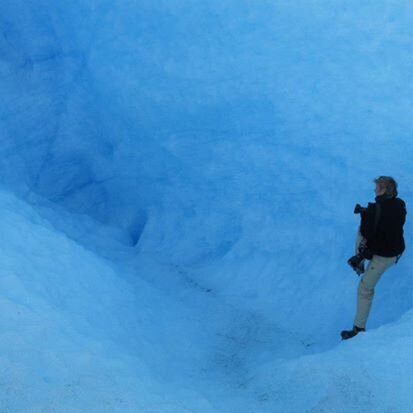
Patagonia, Argentina 2010

Namibia 2015

Climate Change Exhibition, Lucie Foundation, Mexico City 2016

Barefoot Workshop with Ron Haviv, Clarksdale, Mississippi

Barefoot Workshop with Ron Haviv, Clarksdale, Mississippi

Barefoot Workshop with Ron Haviv, Clarksdale Mississippi

VII Workshop with Ron Haviv and Gary Knight, Sarajevo, Bosnia Herzegovina 2017

Center Portfolio Review, Santa Fe 2017

Teaching a workshop at Zoomlab, Medellin, Colombia 2017

Lecture at Instituto Deborah Arango, Medellin, Colombia 2017

My group of students at Zoomlab, Medellin, Colombia 2017

Zoomlab, Colombo Americano, Medellin, Colombia 2017
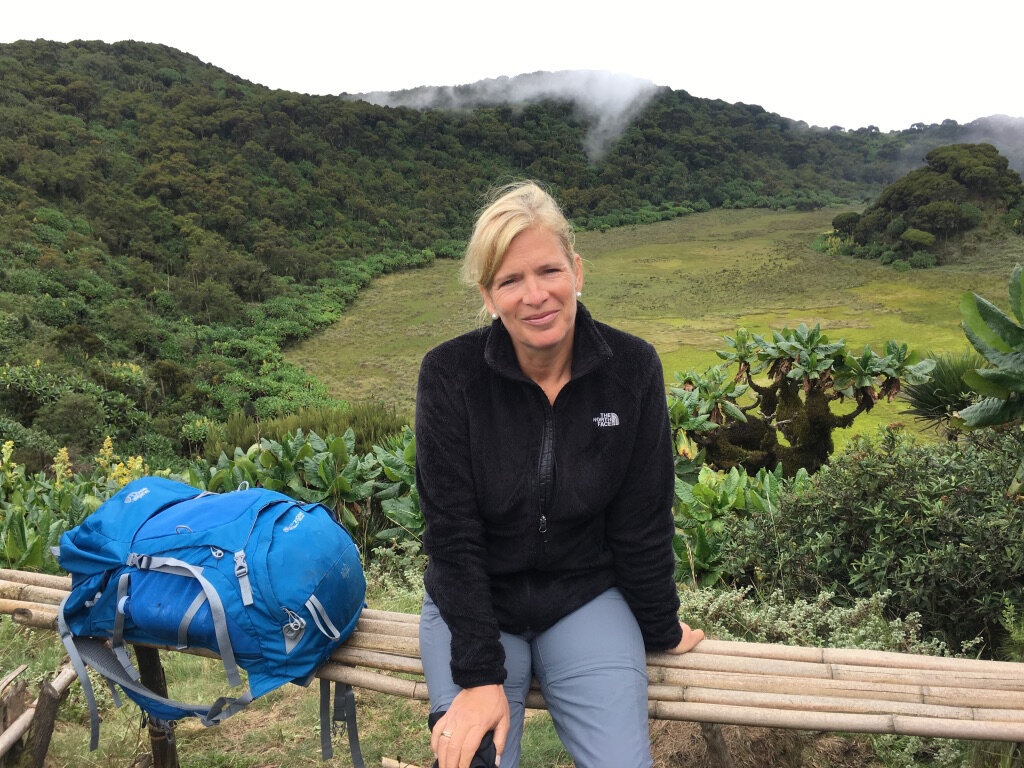
Uganda, 2018

Editing for my new book project ANDERSWO/ Elsewhere, in the office of Henk van Assen, in Brooklyn NY.
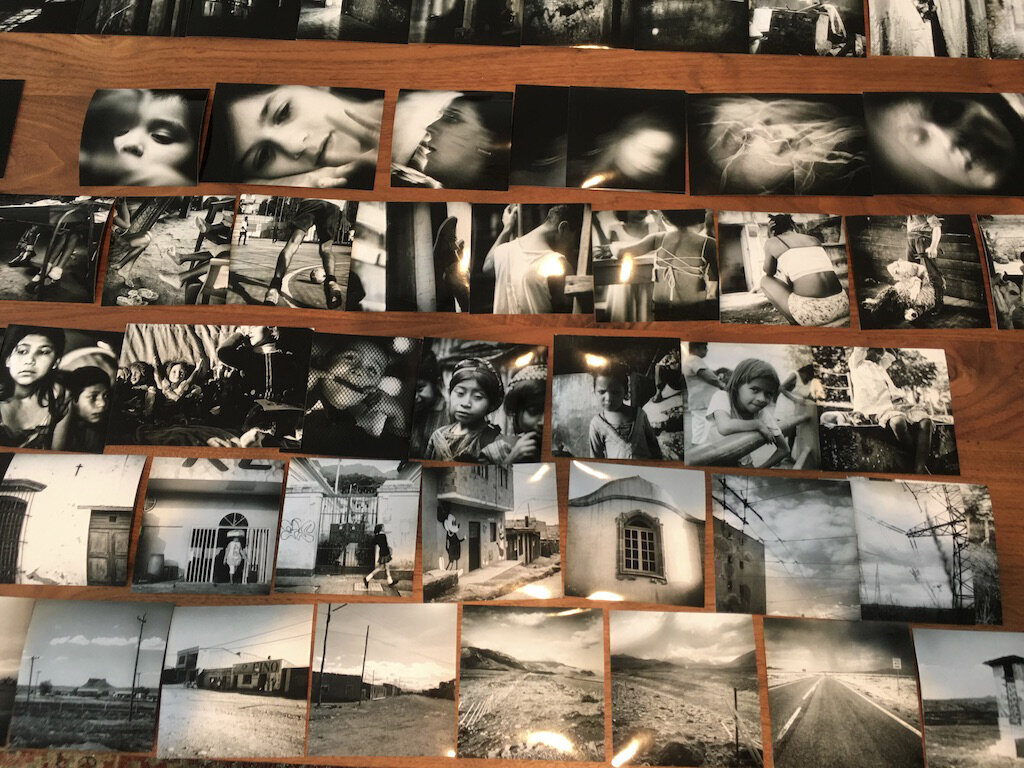
Editing for my new book project ANDERSWO/ Elsewhere, in the office of Henk van Assen, in Brooklyn NY.

Obongi, flooded area, Uganda 2021

Colombia 2017
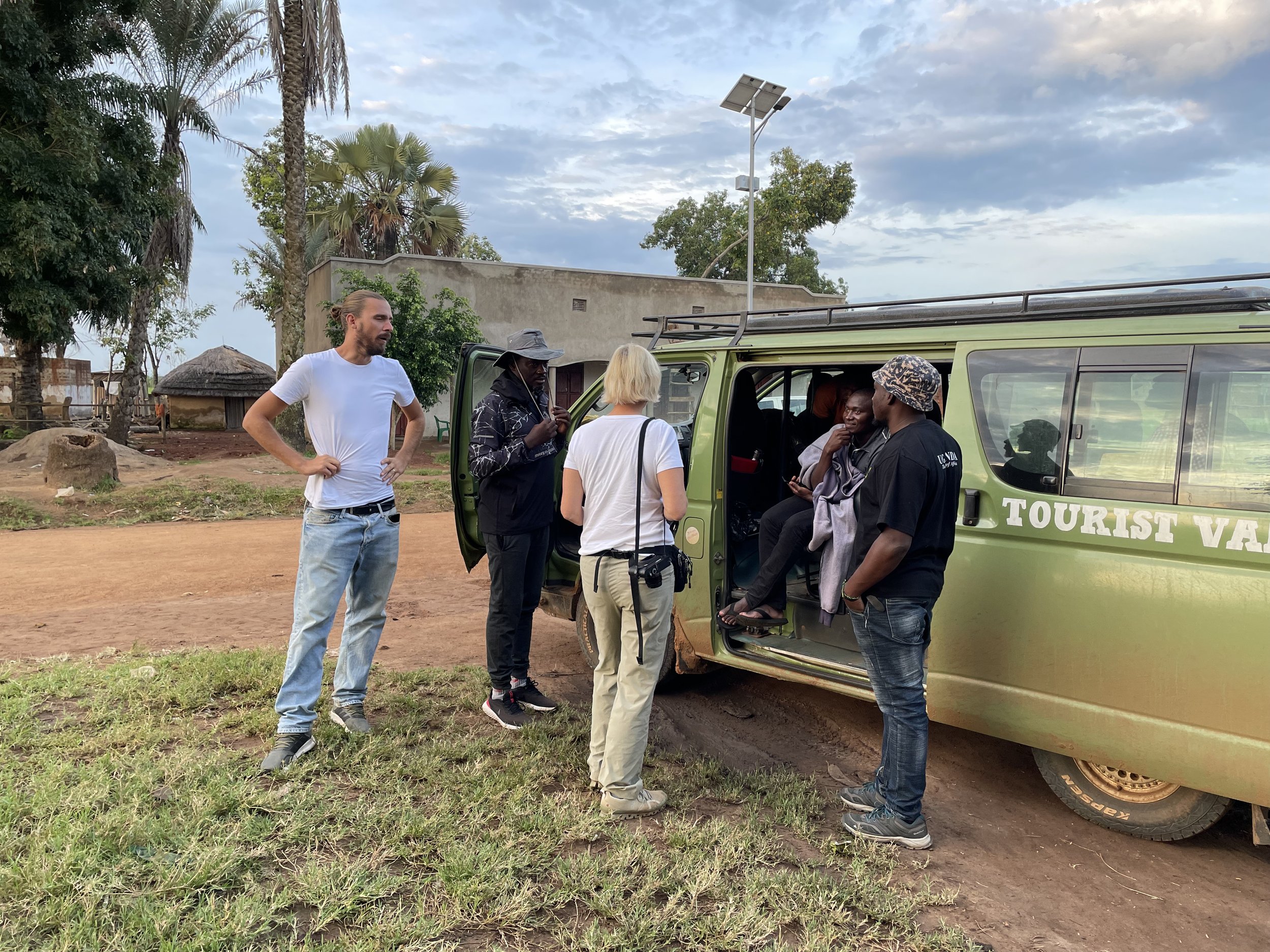
Moyo, Uganda with film crew in collaboration with the German Cooperation 2021
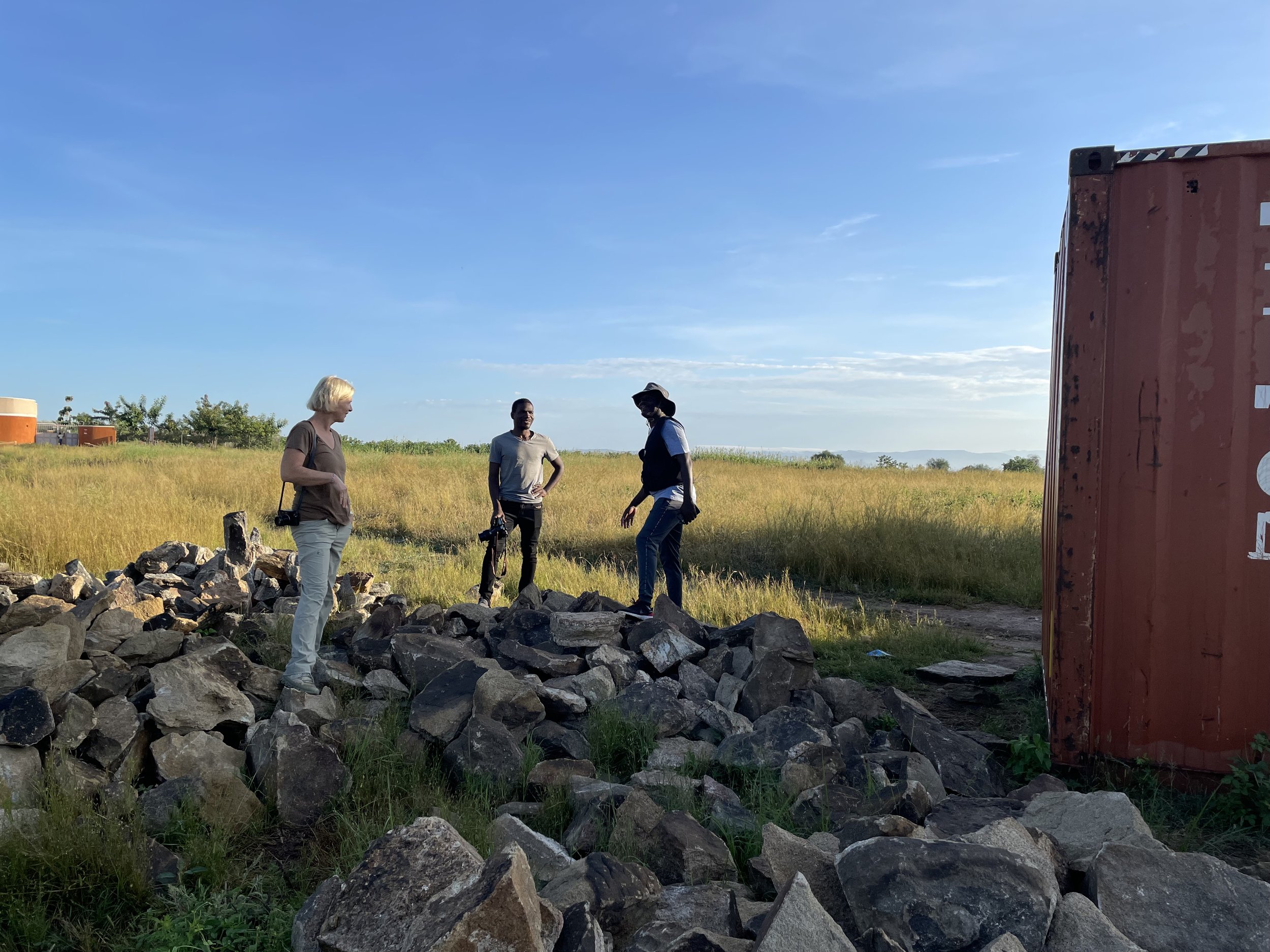
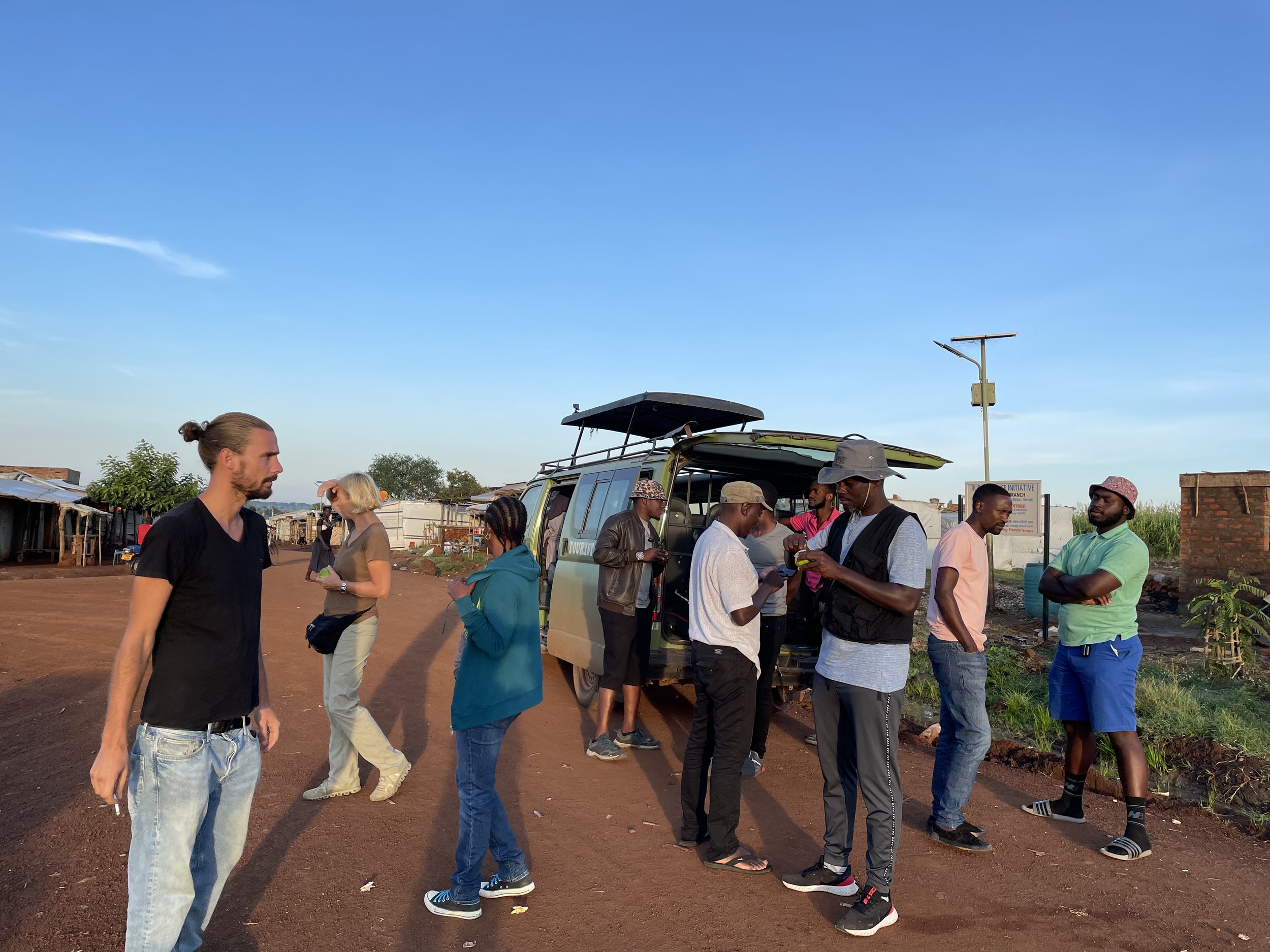
KonyoKonyo market, Palinya settlement, with film crew in collaboration with the German Cooperation

Comboni mission Palorinya settlement, West Nile
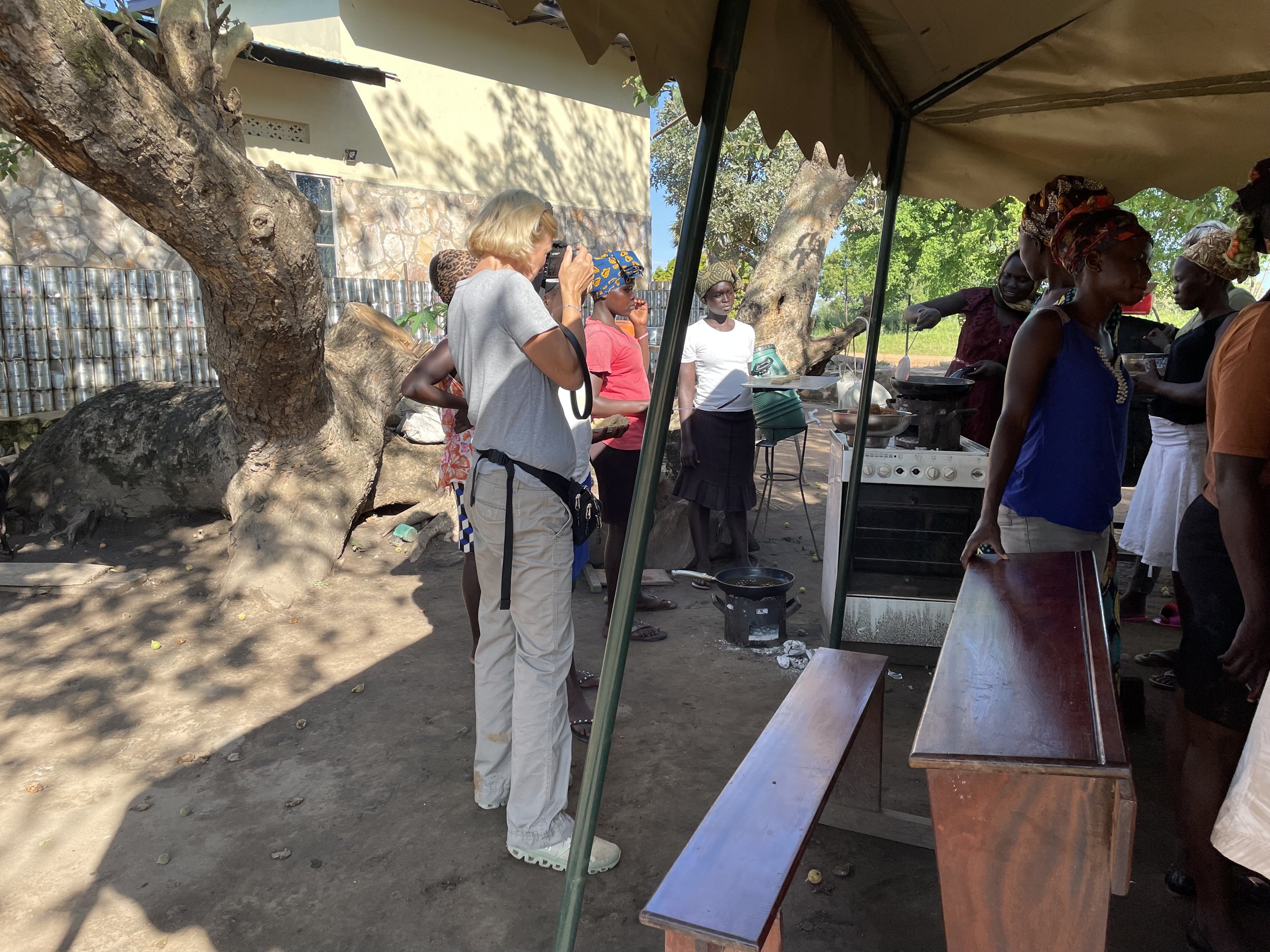
Comboni mission Palorinya settlement
